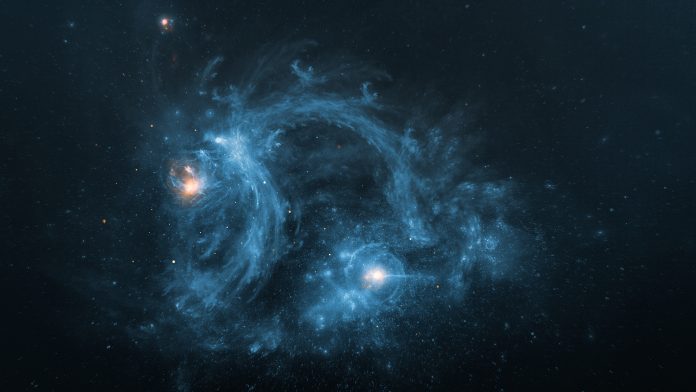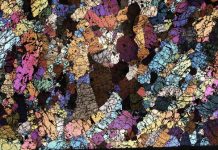Stars form in wide regions in space known as stellar nurseries, where dust and gas come together to give birth to new stars
These nurseries, or molecular clouds, can stretch for hundreds of light-years and produce thousands of stars.
Continuing to learn about our universe
Although we have already learned a lot about the process of star formation because of technological advancements, there is still more to learn, especially in how stars formed in the early universe.
A new study provides a fresh perspective on this mystery, revealing that stars in the early universe may have formed differently than they do today.
Researchers from Kyushu University and Osaka Metropolitan University have published findings in The Astrophysical Journal, showing new insights into the star formation process in the early universe.
Their study suggests that, in contrast to how stars form in the Milky Way galaxy today, some stars in the early universe may have originated in molecular clouds with a “fluffy” structure rather than the elongated, filamentary clouds we commonly see today.
Milky Way’s molecular clouds
Milky Way’s molecular clouds are typically elongated, with a filamentary shape around 0.3 light-years wide. Over time, these filaments break apart due to gravity, creating dense regions that eventually form stars. Our Sun and its planetary system are thought to have formed in a molecular cloud.
But the early universe was largely made up of hydrogen and helium; the early universe contained few of the heavier elements found in stars today.
As stars aged and exploded, they produced these heavier elements, later playing a key role in star formation.
Answering unanswered questions
To figure out how stars formed billions of years ago when the environment was so different, the research team turned to the Small Magellanic Cloud (SMC), a dwarf galaxy about 20,000 light-years from Earth.
The SMC has only about one-fifth of the heavy elements found in the Milky Way, making it one of the closest environments to that of the early universe. Despite its proximity, however, previous attempts to observe molecular clouds in the SMC had been limited by insufficient spatial resolution.
Using thee ALMA radio telescope for new discoveries
Thanks to the ALMA radio telescope in Chile, the team was able to capture high-resolution images of the SMC and examine the structure of the molecular clouds within it.
Their findings showed that around 60% of the molecular clouds in the SMC had the same filamentary structure as those found in the Milky Way, but the remaining 40% had a “fluffy” shape instead.
This discovery was important, suggesting that molecular clouds in the early universe may have been less stable and more diffuse than those we observe today.
The team also noticed a temperature difference between the two types of clouds.
Filamentary clouds were warmer than fluffy clouds, and this temperature variation may explain their different structures. High temperatures in molecular clouds create weaker turbulence, allowing for the formation of the long, slender filaments that we typically see.
As the temperature drops, however, the kinetic energy from incoming gas causes more turbulence, smoothing out the filaments and creating a fluffier structure.
Like the Sun, a cloud that maintains its filamentary structure is more likely to break apart and form many stars. On the other hand, clouds that lose their filamentary structure may have a harder time forming stars, especially low-mass stars with planetary systems. This suggests that the environment of a molecular cloud, specifically the abundance of heavy elements, could be crucial in determining the types of stars that form.
This new study opens the door for further research into the evolution of molecular clouds, especially in environments with varying levels of heavy elements. By comparing these findings with data from molecular clouds in our galaxy, scientists hope to learn more about how star formation has changed and how it might continue to evolve.











